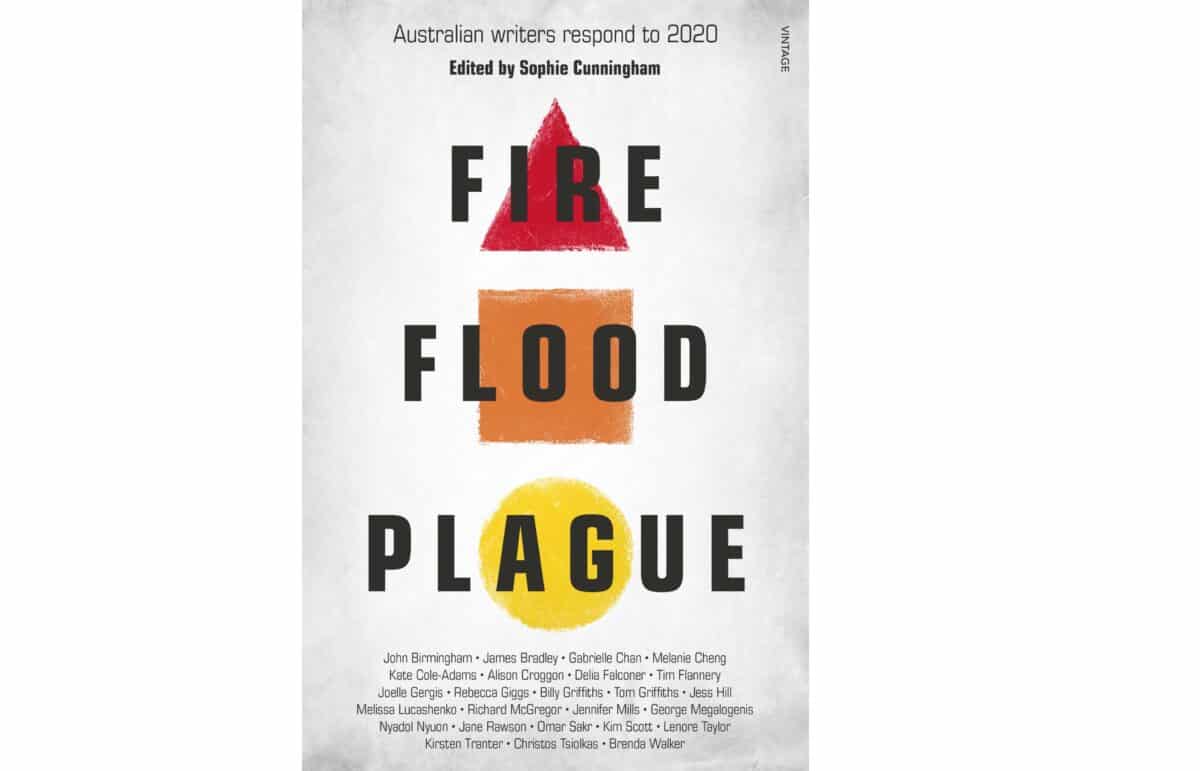The Ballarat Courier is reporting that the prosecution of Pipecon over the deaths of two workers from a trench collapse in March 2018 has been delayed again. It seems the reasons for the delay include renovation works on the courthouse and the workload of the Court. Judge Gerard Mulally‘s decision came the same week as a delegation of bereaved relatives attended Federal parliament in Canberra.
Gig work changes that could save lives
The New South Wales government is conducting an inquiry into the gig economy, modern versions of precarious work. There has been five deaths of food delivery workers over the last few months and this has increased media attention on the Inquiry and the issues raised.
On November 28 2020, Joellen Riley Munton, Professor of Law at the University of Technology, Sydney spoke on the Australian Broadcasting Corporations’ AM Program. Out of all the recent media discussions on gig work, Munton’s seemed the most targeted on occupational health and safety (OHS).
Fire Flood Plague OHS
2020 is a year of continuing social change, so a book of essays that reflects on 2020 seems a little presumptuous. But just because we are in a state of social flux does not mean we must wait for stability before examining the process of change.
This December Random House Penguin will publish “Fire Flood Plague“, a collection of essays from prominent Australian writers about what Tim Flannery calls the three catastrophes:
“…the unprecedented, climate-fuelled megafires that were extinguished by damaging, climate-influenced floods. Then, in March, the COVID-19 pandemic…..”
page 69-70
There are some parallels between how people responded to these disasters and how workplace safety and health is managed. But more than that, the essays provide an insight into how others feel about what is happening, and these writers’ thoughts will reflect the thoughts of those with whom we work, with those we are obliged to manage and with those whose physical and mental welfare we are obliged to improve.
Suicide statistics could benefit from a different analysis
Regular readers of this blog would be aware that I feel that the prevention of suicide gains less attention than early intervention and that mental health has dominated suicide discussions to the point that suicides without a mental health context are largely ignored. This situation is starting to change with non-psychological pressures gaining some acknowledgement, if not examination. Mental health still dominates but the pool of contributory factors is expanding.
On 30 November 2020, the Medical Journal of Australia published the best recent example of this change, an article called “Suicide by young Australians, 2006-20415: a cross-sectional analysis of national coronial data.” The most useful statement in the research report, and the media release, is:
Noisy Buggers in the Post-COVID world
Guest Post by Melody Kemp
In my more bizarre moments, I can imagine the cockpit conversation:
‘Hey Bill, there’s the blue and white house. We turn left here’
‘Bob, Copy. Over.’
Of course, it’s nonsense to think that the complexities of aircraft take-offs and landings would depend on visual cues, rather than complex technology, weather and fuel economy. In fact, it’s the very technology that allows communities to track and identify aircraft and the noise level as they pass overhead.
But I have to admit that, particularly at night, when I see the queue of aircraft waiting to approach, their starboard and port lights blazing into our living room, it’s hard not to go out and shake an impotent fist at the crew.
As I completed this third paragraph, a Jetstar plane flew overhead. I measured the roar at 76DbA, another app told me it was slightly less than 1000 feet above my roof. As it continues to descend, it passes over the densely populated parts of the city that follow the Brisbane River, including New Farm and Doomben, well known to race goers. What was that old saying about don’t scare the horses?
I work at home. My concentration and the paragraphs I write, come in lumps divided by the passing of planes. Some, like the Flying Doctor prop-jets, make, in objective terms, little noise (around 58dBA), but if one is sensitised to the noise in general, they become yet another psychological hazard. Evidence for aircraft noise exposure being linked to poorer well-being, lower quality of life, and psychological ill health is reflected by the responses to my questions and Facebook comments posted by concerned residents (some are included below)
Continue reading “Noisy Buggers in the Post-COVID world”The never-ending line between healthy and sick
Infographics are increasingly used to summarise sometimes quite complex reports about occupational health and safety (OHS) matters. But often the nuance of the facts being depicted are stripped away in the translation process. There is one graphic that is repeatedly used in the context of mental health that seems to misrepresent reality for the sake of clarity.
Thanks, but we need more
Statistics are vital to any decisions about occupational health and safety (OHS). Safe Work Australia (SWA) does a great job providing statistical packages based on the data sources it can access. Last week SWA released its 2019 report on “Work-related Traumatic Injury Fatalities” which identified vehicle collisions as, by and large, the most common cause of worker fatalities. This category may be a surprise to many readers but perhaps the most important part of the report is what is omitted.




